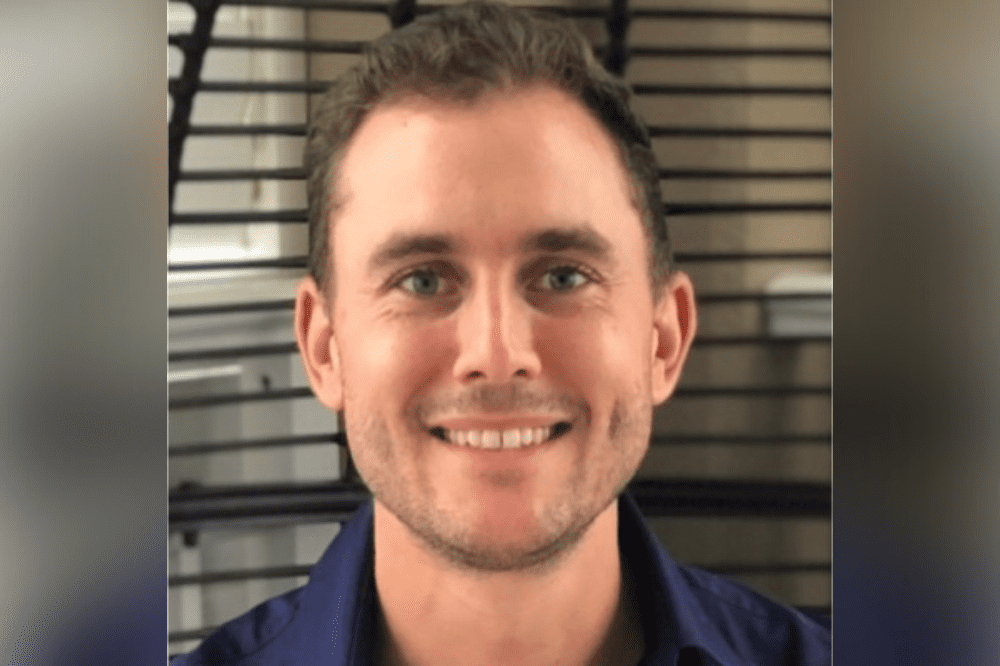Agile’s insurance offering for the changing drone market

“You can imagine, if drones are going obsolete so quickly and you’re a professional outfit, you don’t want to have a whole stack of drones that aren’t really providing you with the best technology,” said the drone insurance specialist.
The result, he said, is more drone companies that hire out drones, and operators are also renting drones themselves to ensure they have the latest offerings.
Read next: “No evidence at all to suggest a drone” says UKP&I Club
“So, you go to one of these hire companies where you’ll find the latest and greatest drone to go and do your work,” said Crowther.
In response to this demand, Agile has launched a niche insurance product called Drone Cover 2 Go.
Crowther said this offering is designed for brokers to distribute to commercial drone operators who require short-term rather than annual cover for small- to medium-sized commercial gigs and hires.
“It’s a fully online – so it’s instant – quote and bind, short-term insurance policy for commercial drone operators,” he said.
Crowther said the online, quote and bind features create “a huge amount of efficiencies” compared to other drone insurance products on the market. “For what is quite low premium, this really helps the value proposition,” he said.
Crowther said the cover itself is an evolution of their annual offering but tweaked for short-term policies from one day up to six months.
“The annual policy itself is a fit-for-purpose policy designed specifically for drone operators, or as they’re called in Australia, RPAS (remotely piloted aircraft systems) operators,” he said.
However, he said it’s not a general liability policy.
“The coverage is a third-party liability policy which covers both ground and the flight-based operations,” said Crowther. “It’s also a loss or material damage policy for the RPAS equipment, so it’s a blended policy.”
It also covers the drone when it is in transit, for example, from a warehouse to the work site.
Agile’s drone policy doesn’t cover custom built drones, recreational users taking photos on a holiday weekend, or military applications.
“Given what’s going on in Russia and Ukraine, you would appreciate that military drones are probably quite high risk and something we stay away from,” said Crowther.
Agile’s customers range from small, one man, drone wedding photographers to firms operating larger drone fleets servicing clients across a wide range of verticals, including construction, film and media, agriculture, security and medical and emergency services.
“It’s quite a fast growth industry which is disrupting various areas, for very good reason – health and safety being one of them.” said Crowther. “It’s a lot safer to have an unmanned vehicle taking a video of a shark, or inspecting the top of a building, rather than a person, for instance.”
Read next: Drones: first ever book lifts lid on insurance implications
The Agile head of emerging risks said the regulations covering drones are now clarifying this once grey regulatory area.
“For the aerial vehicles, the regulation has matured somewhat and now, if you’re a commercial operator, first of all, you need to be either licensed or accredited which is a formal process in itself, said Crowther.
He also said any drone used commercially has to be registered with the local authorities and receives a serial number.
“I’d say regulation is now pretty standard and quite well understood,” said Crowther.
One main challenge now, he said, is technology advances that can quickly make a drone obsolete. Another result of those changes is the rapid depreciation of a drone’s value.
Rather than the drones themselves, these days Crowther is more interested in the range of uses they can be put to.
One of Agile’s clients supplies medical products to remote areas. “There are clients who are using drones to send anti-venom into the bush in remote locations of far north Queensland,” he said.
One innovative use that Agile turned down for coverage involved backburning agricultural land by dropping a device from the drone that would ignite when it hit the ground.
“We denied that one,” said Crowther. “It was too risky!”






